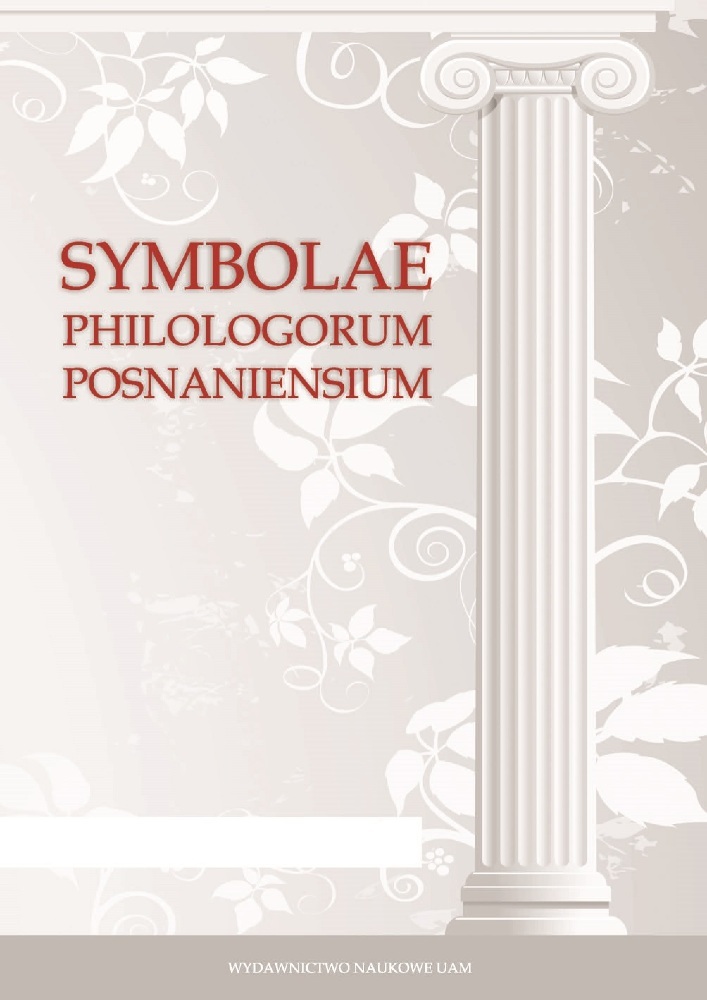Abstrakt
The text is focused on the ancient literary images of the Cumaean Sibil, one of the most known and mysterious figures of the Roman mythology. Described by Vergil and Ovid in their monumental epic poems, mentioned also by other Roman writers (like Aulus Gellius, Petronius, Silius Italicus) Sibil from Cumae became a symbol of longevity of Rome and of the Roman culture and a guarantee of its successful existence. According to the mythological tradition, Sybil’s appearance was changing during her thousand-year-long life from a resplendent beauty, who was desired by Apollo, to a flabby old woman, dreaming about her own death. In this context the Roman prophetess could be interpreted as a personification of the passing human nature, ruled by the cycle of the returning eras (the Gold Era, the Silver Era, the Bronze Era and the Iron Era). The tragedy of Sybil, who was mortal, but could not die, trapped in her weak human body, firstly inspired Roman poets. Later their poems became an inspiration for many painters (for example Salvator Rosa, Guercino, Domenichino, Jan Breughel the Elder, William Turner) who recreated the Cumaean prophetess, giving her a new silent life in the art galleries all over Europe. Their masterpieces correspond with the ancient tradition underlining her agelessness.Bibliografia
Eliade 1998: M. Eliade, Mit wiecznego powrotu, tłum. K. Kocjan, Warszawa 1998.
Gillmeister 2009: A. Gillmeister, Strażnicy ksiąg sybillińskich, Zielona Góra 2009.
Kubiak 1997: Z. Kubiak, Mitologia Greków i Rzymian, Warszawa 1997.
Piętka 2009: R. Piętka, Profetyzm i historia. Temat Sybilli w literaturze dawnej i dwudziestowiecznej, w: Narracja, historia, fikcja. Dawne kultury w historiografii i literaturze, red. Ł. Grüzmacher, Warszawa 2009, 169–180.
Poucet 2008: Jacques Poucet, Les Tarquins, les Livres Sibyllins et la Sibylle de Cumes: entre Tradition, Histoire et Imaginaire, „Folia Electronica Classica” 16, (2008). http://bcs.fltr.ucl.ac.be/FE/16/TH16.html
Słoma 2000: R. Słoma, Sybille, Kraków 2000.
Zieliński 2001: T. Zieliński, Religia Rzeczypospolitej Rzymskiej, Toruń 2001.
Licencja
